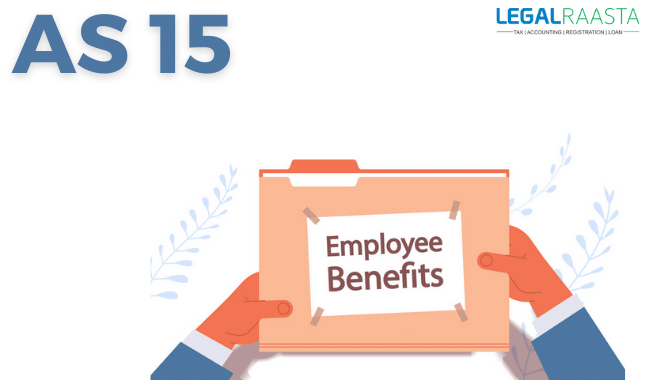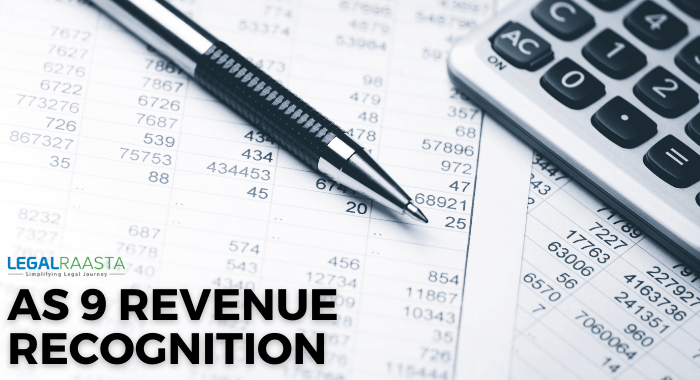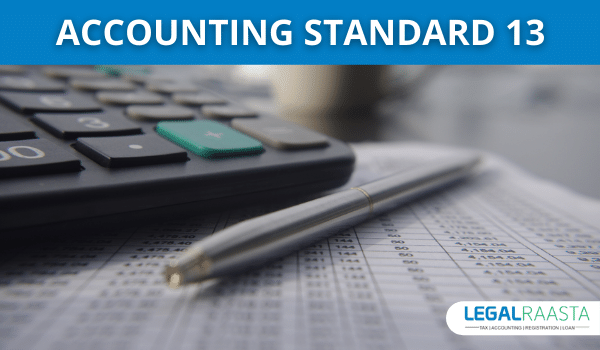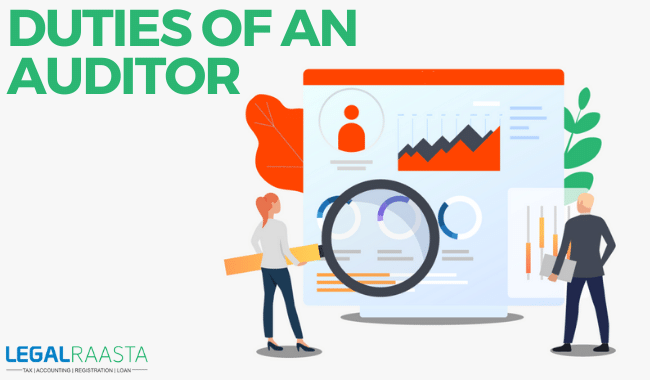AS 15 :Employee Benefits
AS 15 Employee Benefits covers all types of employee benefits, as well as all forms of compensation supplied by an employer in exchange for employee services. The inventory compensation is not addressed in AS 15.AS 15's Applicability
AS 15 went into effect on April 1, 2006, and it applies to Level 1 businesses. Level – 1 businesses, on the other hand, have been given some leeway if they employ 50 or more people. Level – 1 business have a turnover of more than Rs 50 crores in the previous financial year. This includes any holding corporation or subsidiary of the same.Benefits for Employees
A full-time, part-time, permanent, casual, or temporary employee is defined as one who provides services to an entity on a full-time, part-time, permanent, casual, or temporary basis for the purposes of AS 15. Directors and other management people are included in the definition of employees in AS 15. The following factors should be considered when forming an employee relationship:- Employment Agreements
- Individuals are considered employees for legal/tax/social security purposes
- The employer provides a significant degree of direction and the required equipment .
- Services must be conducted in an employer-provided location
Benefits in the Short-Term
Benefits that are payable within twelve (12) months of the end of the period in which the service was given are known as short-term benefits. These costs are straightforward to account for because no actuarial assumptions are necessary to calculate the cost. There are four different types of short-term benefits:Benefits of a regular period (Eg: Salary, Wages etc)
Compensation for a temporary absence (Ex: Sick leave, Annual leave, etc) Bonuses/profits are due within 12 months of the conclusion of the period in which the employee worked. Benefits that aren't monetary (ex: Medical Insurance, Housing, etc) The general criteria of the standard state that an enterprise should recognise the undiscounted amount of all short-term employee benefits attributable to services already provided in the period as an expense (unless another AS permits a different treatment), and any difference between the number of expenses so recognised and cash payments made during the period should be treated as a liability or prepayment (asset) as appropriate.Benefits in the Post-Employment Period
Whether a post-employment benefit plan is a defined contribution or a defined benefit plan affects the accounting treatment and disclosures.- Defined Contribution Plans are post-employment benefits in which an employer contributes a certain amount to a separate fund and is not obligated to pay anything else in the future. The employee bears the actuarial and investment risk under this plan because there's a potential the benefits won't be as good as predicted or the assets won't be enough to cover the promised benefits.
- Benefits That Are Defined Post-employment benefits that are not covered by defined contribution plans are referred to as plans.
- The employer bears the actuarial and investment risk under this plan, and the charge is determined using a very precise actuarial computation.
Other Long-Term Advantages
There are only a few additional long-term incentives that a company can provide to its employees. Here are a few examples: Sabbatical leave, Jubilee leave, and other long-term services are examples of long-term paid leave. Benefits for long-term disability Profit/bonus should be paid to the employee for the period in which the service was done after 12 months.Benefits of Termination
Termination benefits are those that are paid out if an employer chooses to terminate an employee's employment or if the employee chooses to accept voluntary redundancy in exchange for the benefits. Payments made under the Voluntary Retirement Scheme, for example (VRS). Only once a detailed legal plan for termination has been established and a realistic estimate of the obligation to be paid can be made must a company consider termination benefits as a liability or an asset.Treatment in Accounting
The accounting approach for employee benefits must be recorded in the company's balance sheet. The net totals of the following sums should be used to calculate the amount to be recognised as a defined benefit liability:- On the balance sheet, the Present Value of the Defined Benefit Obligations less the Value of the Defined Benefit Obligations
- Any unrecognised past service costs minus the fair value of plan assets (if any) at the balance sheet date from which the obligations are to be paid directly
- The Net Assets are created when the Fair Value of the plan assets is greater than the liability.
- According to AS 15, the resulting asset should be measured at the lower of the amount so calculated or the present value of any economic benefits available in the shape of plan refunds or contributions. "The standard identifies numerous components of defined personnel costs," according to the ICAI.
Cost of current service Interest Cost
- Any assets in a plan's portfolio are expected to return a certain amount of money.
- Gains and losses based on actuarial calculations
- Cost of previous services "Consequences of any settlements or curtailments"
Disclosures
There will be a contingent obligation if the company is unsure about the number of employees who will take the number of termination benefits. Contingent Liability must be reported in accordance with AS-29. If an organisation is required to publish information about termination benefits for key management people, it must do so in accordance with AS-18.Assumptions and Treatment in Actuarial
Only unbiased and mutually compatible actuarial assumptions should be considered by a company. The actuarial assumptions must be viewed as an organization's best guess for post-employment benefits. The computation should be conservative but not overly so. The following actuarial assumptions should be included in the standard: 1. Assumptions regarding the future of current and former employees who are eligible for benefits based on demographics. These are examples of such issues: i) Plan for Employee Turnover ii) Dependents of members iii) Mortality rates under plan iv. Claim rates 2. Financial assumptions like the discount rate, future pay and benefits, estimated rate of return on assets, and medical benefit costs. It should be calculated using the market rate on the balance sheet date.Conclusion
The implications of the difference between the previous and actual actuarial assumptions, as well as changes in the assumptions, are referred to as actuarial gains and losses. Actuarial Gains or Losses should be calculated as income or expense based on profit or loss.Related Posts A Beginner’s Guide to The Accounting Cycle Concept of Accounting standards- A Study Employee Deposit Linked Scheme (EDIL) Accounting Methods










